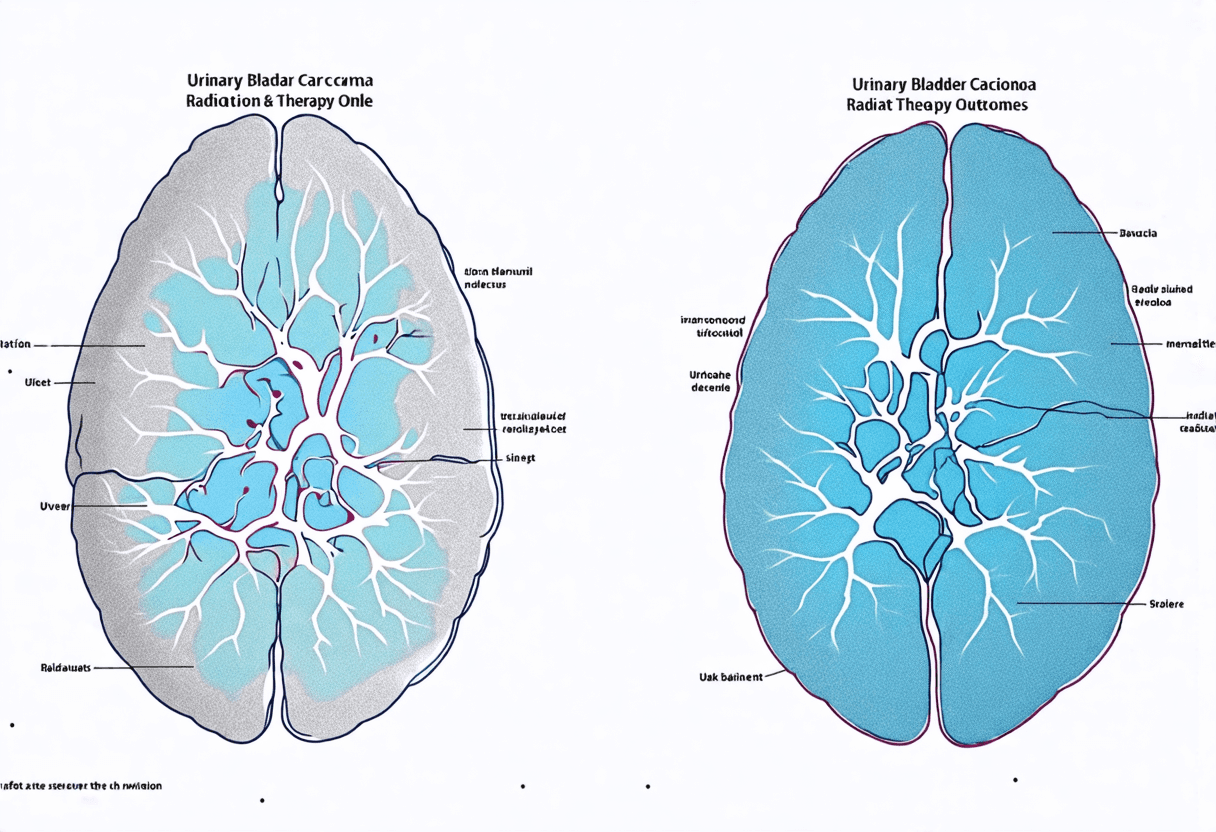
Urinary Bladder Carcinoma Radiation Therapy Outcomes
25 Oct, 2024
 Healthtrip
HealthtripWhen it comes to fighting cancer, every moment counts. The journey to recovery can be long and arduous, but with the right treatment and care, it's possible to overcome even the toughest challenges. For those diagnosed with urinary bladder carcinoma, radiation therapy is often a crucial part of the treatment plan. But what can patients expect from this type of therapy, and what are the outcomes? In this article, we'll delve into the world of radiation therapy for urinary bladder carcinoma, exploring the benefits, risks, and what patients can expect from this life-changing treatment.
Understanding Urinary Bladder Carcinoma
Urinary bladder carcinoma, also known as bladder cancer, is a type of cancer that affects the bladder, a vital organ responsible for storing urine. According to the American Cancer Society, it's estimated that over 80,000 new cases of bladder cancer are diagnosed each year in the United States alone. While the exact causes of bladder cancer are still unknown, certain risk factors such as smoking, exposure to certain chemicals, and a family history of the disease can increase a person's likelihood of developing this type of cancer. Symptoms can include painful urination, frequent urination, and blood in the urine, making it essential to seek medical attention if any of these signs arise.
Most popular procedures in India
The Role of Radiation Therapy in Treating Urinary Bladder Carcinoma
Radiation therapy is a common treatment for urinary bladder carcinoma, often used in conjunction with surgery, chemotherapy, or immunotherapy. The goal of radiation therapy is to destroy cancer cells while minimizing damage to surrounding healthy tissue. There are several types of radiation therapy, including external beam radiation, internal radiation, and stereotactic body radiation therapy. External beam radiation is the most common type, where high-energy beams are directed at the tumor from outside the body. Internal radiation involves placing a small amount of radioactive material inside the body, near the tumor, while stereotactic body radiation therapy uses high-dose radiation beams to target small tumors.
When it comes to urinary bladder carcinoma, radiation therapy can be used to treat the primary tumor, as well as any metastases that may have spread to other parts of the body. In some cases, radiation therapy may be used to relieve symptoms such as pain or bleeding, improving a patient's quality of life.
Wellness Treatments
Give yourself the time to relax
Lowest Prices Guaranteed!

Lowest Prices Guaranteed!
Benefits of Radiation Therapy for Urinary Bladder Carcinoma
Radiation therapy offers several benefits for patients with urinary bladder carcinoma. One of the most significant advantages is its ability to kill cancer cells, reducing the risk of recurrence and improving overall survival rates. Radiation therapy can also help alleviate symptoms such as pain, bleeding, and frequent urination, making it an effective way to manage the disease. Additionally, radiation therapy can be used to preserve the bladder, allowing patients to maintain normal bladder function and avoid the need for a urinary diversion.
Minimizing Side Effects
While radiation therapy is a powerful tool in the fight against urinary bladder carcinoma, it's not without its side effects. Common side effects include fatigue, urinary symptoms such as frequency or burning, and bowel changes. However, with modern radiation therapy techniques and advancements in technology, these side effects can be minimized. For example, intensity-modulated radiation therapy (IMRT) and volumetric-modulated arc therapy (VMAT) are types of radiation therapy that use advanced computer software to deliver precise doses of radiation, reducing the risk of damage to surrounding tissue.
In addition, healthcare providers can take steps to manage side effects, such as prescribing medication to alleviate urinary symptoms or providing counseling to help patients cope with fatigue. By working closely with a healthcare team, patients can minimize the impact of side effects and focus on their recovery.
What to Expect from Radiation Therapy
Undergoing radiation therapy can be a daunting experience, but knowing what to expect can help alleviate anxiety and uncertainty. The treatment process typically begins with a simulation session, where the radiation therapist uses imaging tests such as CT scans or MRI to create a personalized treatment plan. The actual radiation therapy sessions are usually painless and can last anywhere from a few minutes to an hour, depending on the type of radiation therapy being used.
Patients typically receive radiation therapy five days a week, with the entire course of treatment lasting several weeks. During this time, patients will need to attend regular check-ups with their healthcare team to monitor progress and address any side effects that may arise.
Life After Radiation Therapy
After completing radiation therapy, patients can expect to experience some fatigue, which may last for several weeks. However, with time, energy levels will return to normal, and patients can resume their usual activities. It's essential to follow a healthy lifestyle, including a balanced diet, regular exercise, and stress-reducing techniques, to aid in the recovery process.
In terms of long-term outcomes, radiation therapy has been shown to improve survival rates and reduce the risk of recurrence for patients with urinary bladder carcinoma. According to a study published in the Journal of Clinical Oncology, the five-year overall survival rate for patients with muscle-invasive bladder cancer who received radiation therapy was 49.4%, compared to 26.4% for those who did not receive radiation therapy.
In conclusion, radiation therapy is a vital component of the treatment plan for urinary bladder carcinoma, offering several benefits and improving overall survival rates. While side effects can occur, modern radiation therapy techniques and advancements in technology have minimized their impact. By understanding what to expect from radiation therapy and working closely with a healthcare team, patients can take control of their treatment and focus on their journey to recovery.
At HealthTrip, we believe that everyone deserves access to quality healthcare, regardless of their location or financial situation. That's why we're dedicated to providing patients with the resources and support they need to navigate their treatment journey. From finding the right doctor to understanding the latest treatment options, we're here to help. Take the first step towards recovery today and discover the power of HealthTrip.
Related Blogs

Urinary Bladder Carcinoma Radiation Therapy and Palliative Care
Radiation therapy can provide palliative care for urinary bladder carcinoma
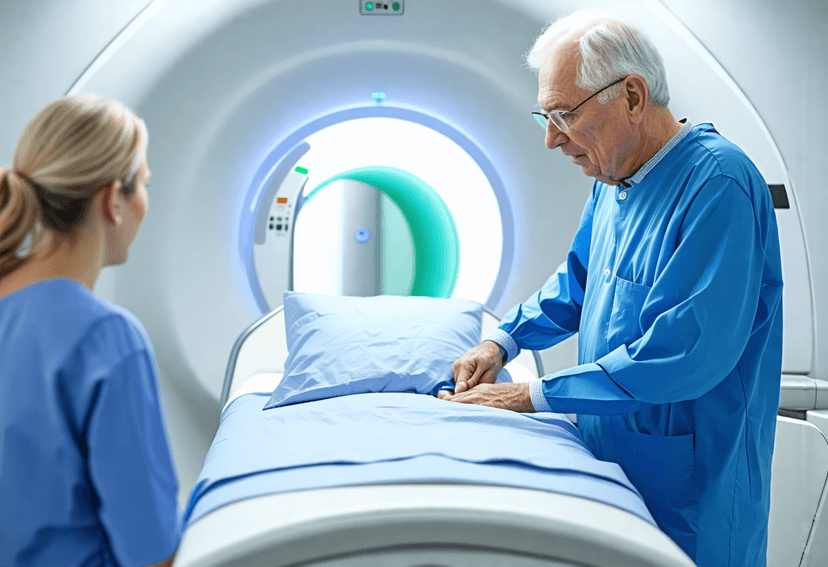
Radiation Therapy for Bladder Cancer in Elderly Patients
Radiation therapy is a suitable treatment option for elderly patients
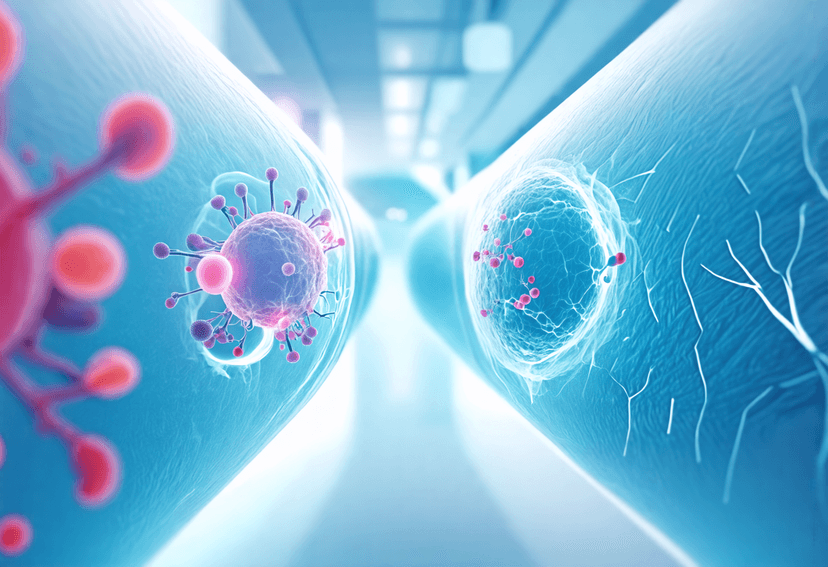
Bladder Cancer Treatment with Radiation Therapy and Immunotherapy
Learn about the combination of radiation therapy and immunotherapy for
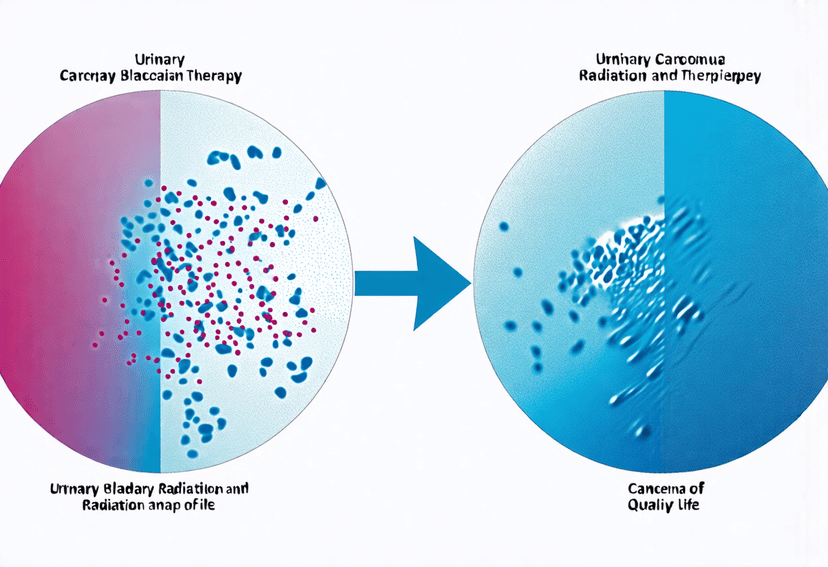
Urinary Bladder Carcinoma Radiation Therapy and Quality of Life
Radiation therapy can improve quality of life for urinary bladder

Bladder Cancer Radiation Therapy and Chemotherapy Side Effects
Learn about the side effects of combining radiation therapy and
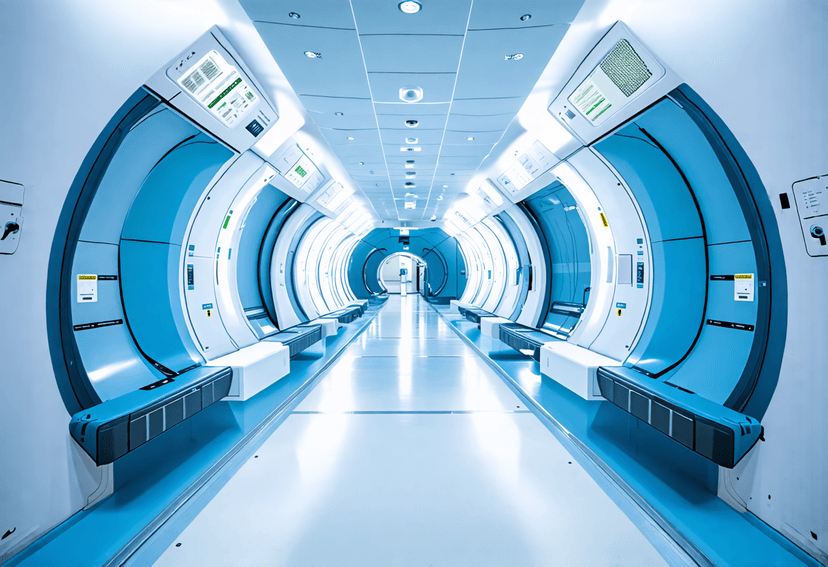
Radiation Therapy for Advanced Bladder Cancer
Radiation therapy is an effective treatment for advanced bladder cancer,










